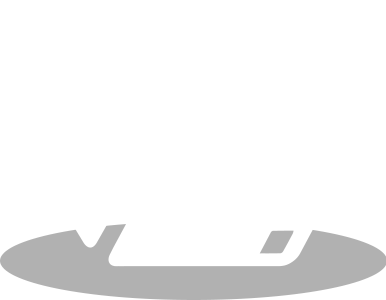Glossary

Adjustment
Routing Numbers
The ABA routing number, also known as the transit number, can often be referred to by banks as the ABA RTN. This is a nine-digit number located at the bottom of a payment insrument. A payment instrument is a document that guarantees a payment of a certain amount of money at the time of transaction or at a certain time in the future. Some examples of payment instruments are checks (most common), promissory notes, and exchange bills, and banknotes. A routing number identifies certain things about the customer’s bank and must be correct for successful credit card processing and payment by the financial institution.
Accounts and Processing
A merchant account is a type of bank account that allows businesses to accept payments through debit, credit or other types of cards. A simple example of how a merchant account is managed, either directly by the acquiring bank or through a payment processor, would be when a consumer goes into a store and uses his or her credit card to purchase one or more items. The cashier or associate at the store would then swipe or scan the credit card into their register or computer. The person using the card could be asked to verify his address or phone number for security reasons before completing the transaction. Credit card processing takes place when the bank electronically tracks and confirms that the consumer has enough credit (or funds available) on their account to charge the items being purchased. The transaction would either be approved or declined, depending on funds availability. The credit card processing services provided by the bank or member service provider would also extend to collecting interest and payments from the consumer, payment of merchant funds, and managing accounts.
Adjustments
Sometimes adjustments to charges must be made after a purchase has taken place during a merchant account transaction. For example, an error may have occured when charges were made on a consumer’s debit or credit card. This mistake could have been in the form of an overpayment or an underpayment for the item sold. The bank (or acquirer) that processes the credit card payments for the merchant (or store) would prompt the adjustment action.
Three ways that a consumer can be affected by a payment adjustment are as follows:
1. A payment by check or a credit to the charge account would be given.
2. The transaction could be reversed in the store at the time of purchase if the mistake is discovered by the store associate. Usually a store manager has to approve or authorize this type of reversal.
3. A chargeback could result when a consumer returns an item and asks for a refund.
